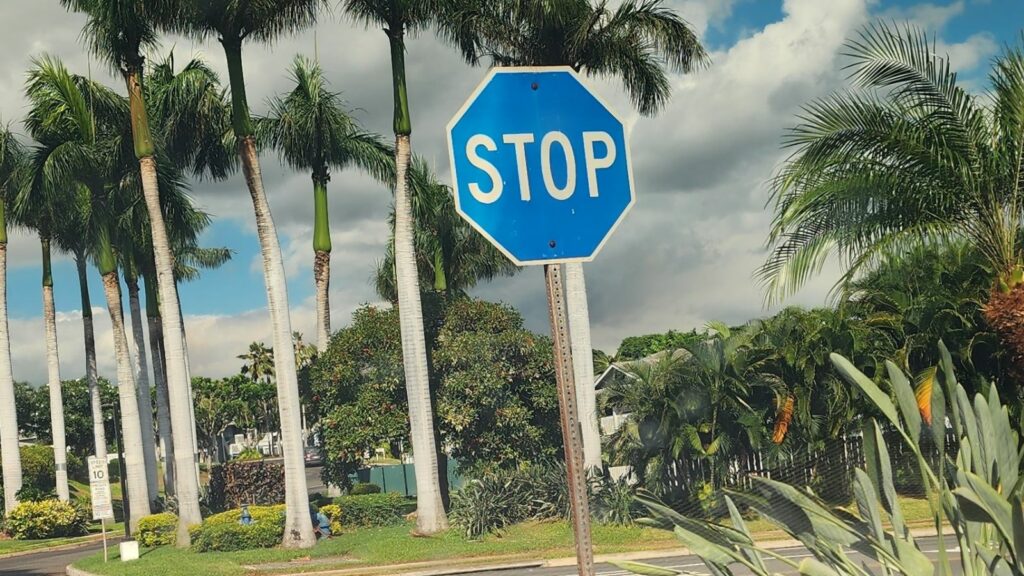What Are Blue Stop Signs, Exactly?
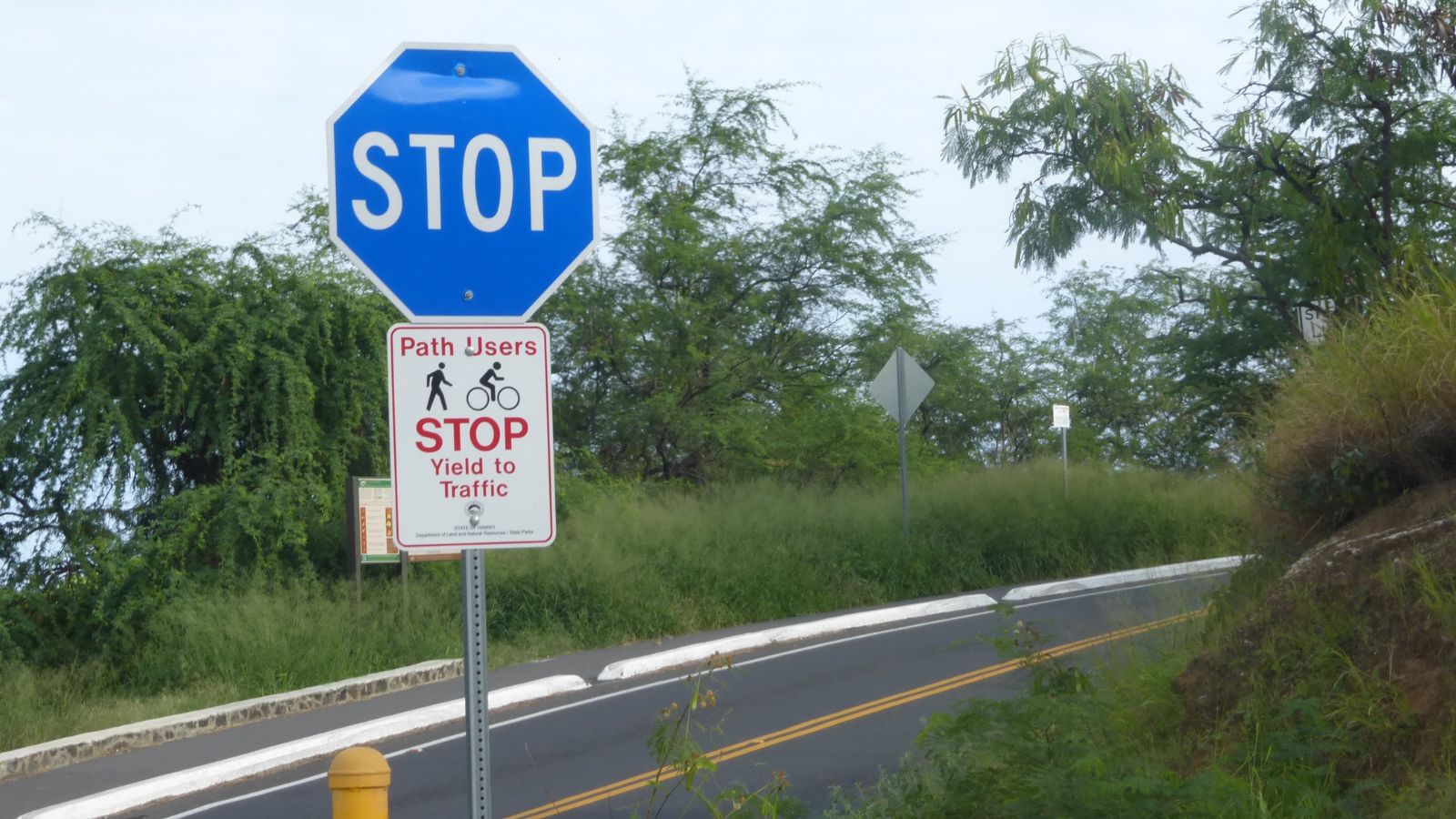
A blue stop sign isn’t a novelty or a prank. It’s a private-use traffic control sign, found in places that don’t fall under direct provincial jurisdiction. They appear in industrial zones, airports, large commercial complexes, and gated communities. The difference lies in the regulation: official stop signs on public roads must follow provincial standards and those standards demand red. Anything else, like blue, automatically signals private property management rather than a city or provincial authority.
In short, the shape stays the same to keep the stop message clear, but the color change signals a legal boundary: you’ve left the public road network.
Why Are They Blue Instead of Red?
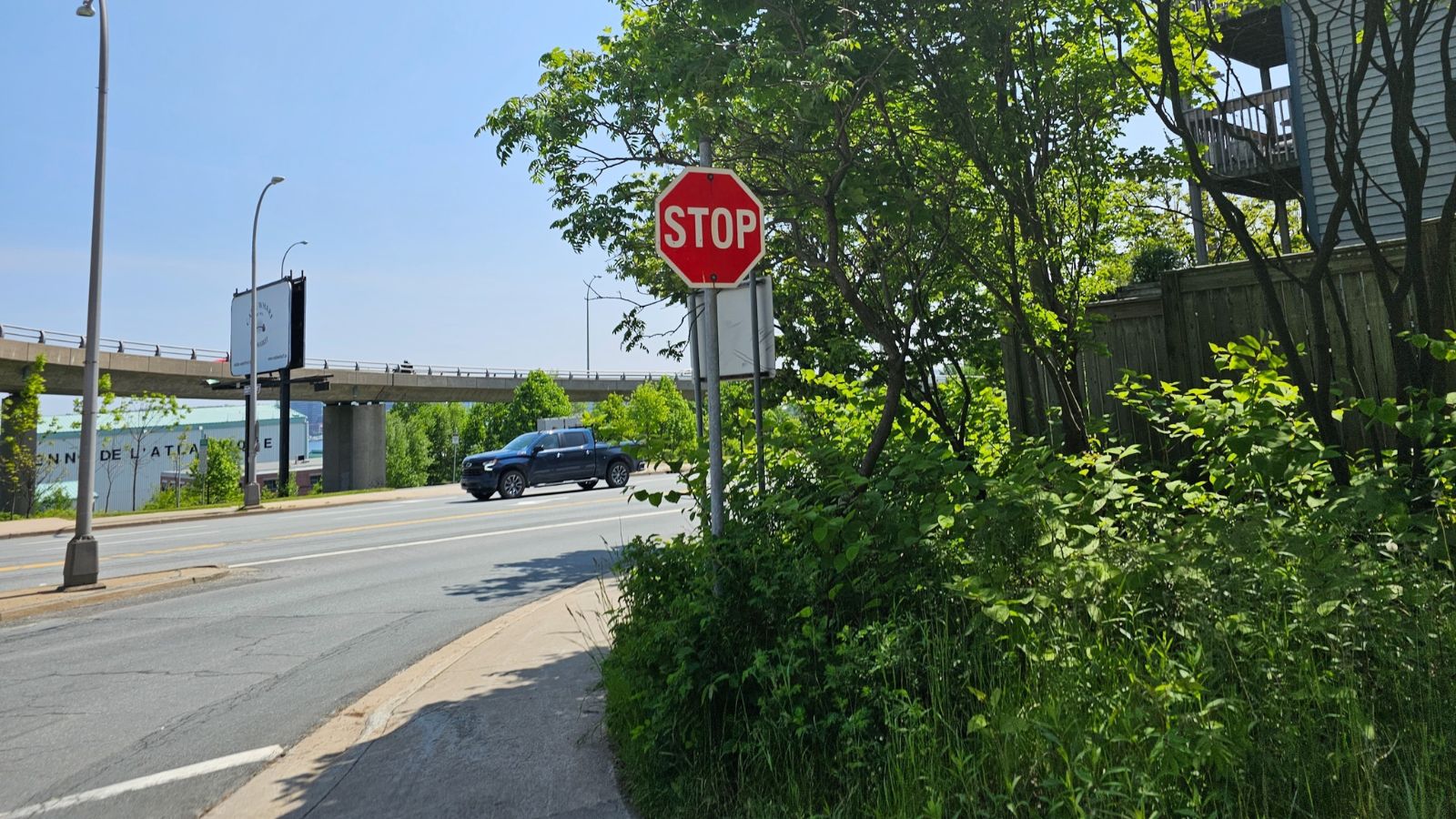
Color in road signage isn’t decorative — it’s regulatory. The red octagon is reserved by law for government-controlled intersections. If a private business, developer, or institution used red, they’d technically be breaking traffic signage laws under Canada’s Transportation Association of Canada (TAC) guidelines.
Blue is the next most visible color and conveniently marks “non-official” control zones. So if you see a blue stop sign, it tells both drivers and enforcement officers that this road isn’t maintained or regulated by the province and that any rules here are set by whoever owns the property.
Where You’ll Actually See Them

Blue stop signs are more common than you might think. They’re popping up in Toronto’s airport industrial parks, Calgary logistics hubs, and Quebec’s private resort roads. Some oil companies in Alberta use them around remote facilities to differentiate private service roads from Crown land routes. In British Columbia, several private developments near Whistler and Kelowna use blue signage for aesthetic consistency while still promoting safety.
Even some Canadian universities like those with expansive campuses use blue stop signs internally to regulate student traffic while staying within legal guidelines. Once you start noticing them, they’re everywhere, hiding in plain sight.
Why Canadians Should Pay Attention

Here’s the catch: while a blue stop sign might not carry the same legal authority as a red one, ignoring it can still have serious consequences. If an accident occurs and you failed to stop, insurance investigators can hold you liable for negligence. Provincial police might not issue a ticket, but your insurer could refuse to cover the claim, citing failure to yield or reckless driving.
So while the law might not force you to stop at a blue sign, common sense and your deductible absolutely should.
The Confusion Factor

The problem is psychological. Canadian drivers are conditioned to associate “stop” with red. Blue subconsciously reads as “informational,” like hospital or service signs. That visual mismatch can trigger hesitation or overcorrection. Some drivers slam the brakes in panic; others breeze through, assuming it’s decorative.
This confusion is magnified in parking lots that connect directly to city streets, where blue and red signs can appear within a few meters of each other. Police have noted that many low-speed fender-benders happen in exactly these crossover zones especially when visibility is poor or signage is inconsistent.
Are Blue Stop Signs Coming to Public Roads in Canada?
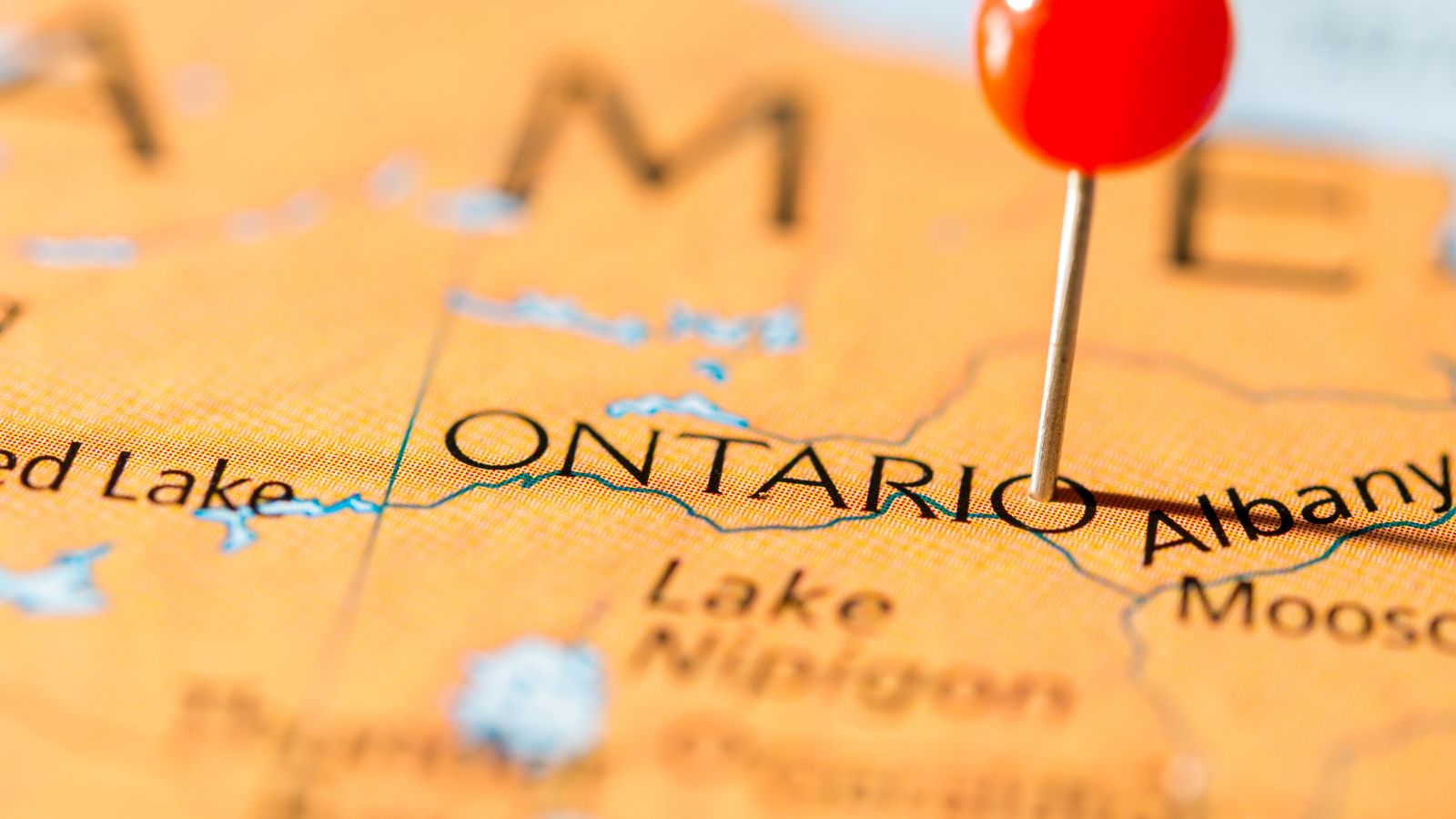
This is where things get interesting. Officially, no province has authorized blue stop signs for public use. The Canadian Council of Motor Transport Administrators (CCMTA) and TAC still require the red octagon for any sign governed by the Highway Traffic Act. However, with private land expanding and more municipalities outsourcing road maintenance, the line between public and private infrastructure is blurring.
Some traffic planners in Ontario and Alberta have quietly floated the idea of color-coded traffic systems to distinguish autonomous vehicle zones, private developments, and low-speed micro-mobility areas. In theory, that could make blue stop signs a semi-official designation for non-public or restricted zones.
While there’s no rollout planned, it’s not impossible. If Canada continues expanding smart cities, gated neighborhoods, or corporate-run districts, blue stop signs could become a familiar part of the landscape not just a curiosity.
The Legal Gray Zone
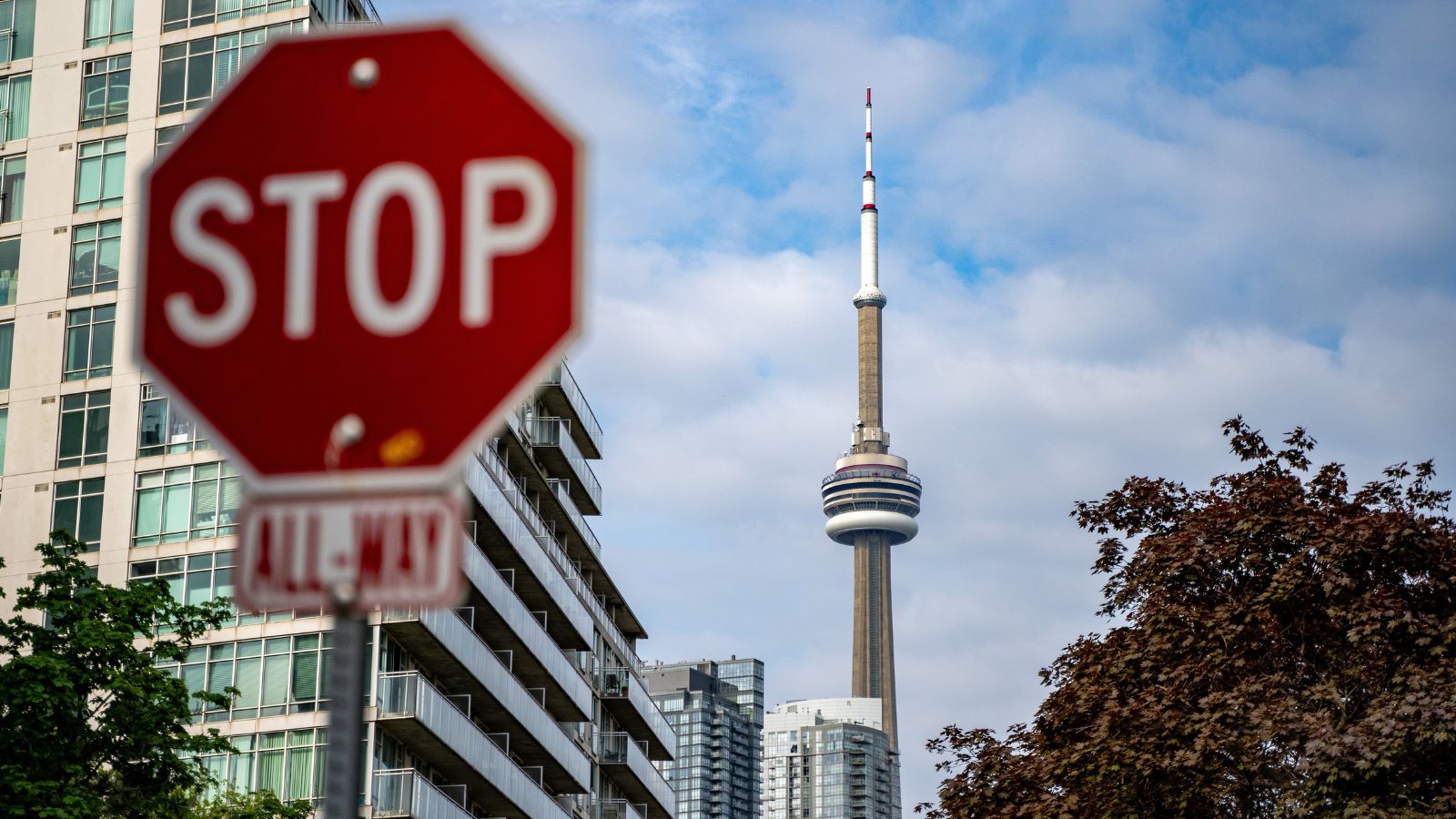
In Canada’s current traffic hierarchy, provincial acts dictate everything from stop sign color to letter height. Yet enforcement on private property remains murky. For example, the Ontario Highway Traffic Act doesn’t technically apply to shopping center lots unless local bylaws extend jurisdiction. That means a driver can’t be ticketed for running a blue stop sign, but if they hit someone, it still counts as careless driving in civil law.
This gray zone makes blue stop signs both necessary and tricky. They keep traffic flowing safely in private areas but also create a patchwork of unofficial rules that vary by region or property owner.
A Canadian Driver’s Rule of Thumb

If you’re behind the wheel and see a blue stop sign, don’t second-guess it. Treat it exactly like a red one. Stop fully, look around, and proceed when it’s safe. It doesn’t matter if it’s in a mall parking lot in Winnipeg or a mountain resort in Banff the logic remains the same. You’re protecting yourself, your passengers, and your insurance policy.
True Blue
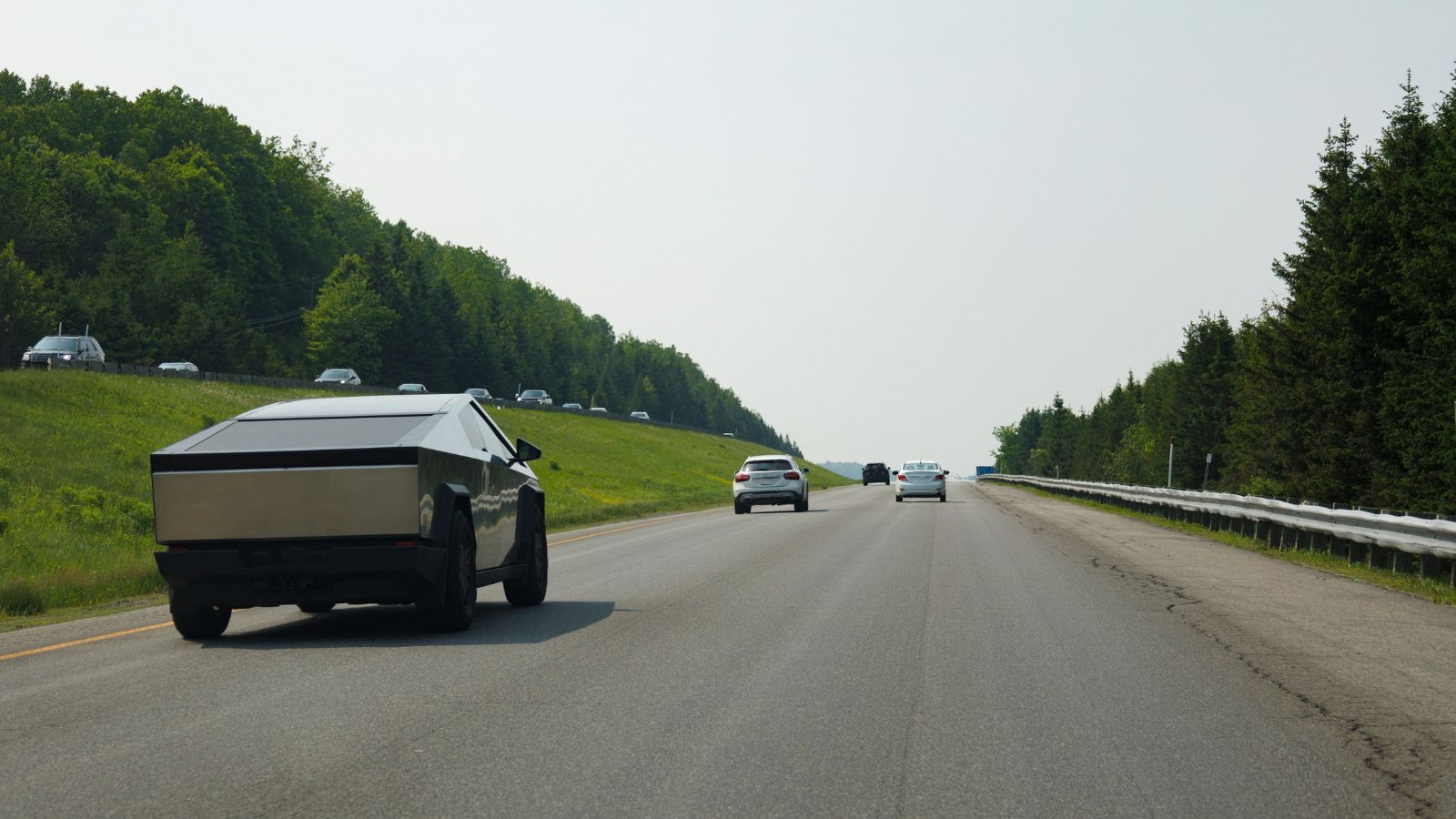
Blue stop signs might seem strange now, but they reflect the growing divide between public and private road networks in Canada. As more developments manage their own streets, these signs will only become more common. Whether they ever migrate to official highways is still up for debate, but one thing’s clear: every Canadian driver should understand what they mean before confusion turns into collision.
25 Facts About Car Loans That Most Drivers Don’t Realize

Car loans are one of the most common ways people fund car purchases. Like any other kind of loan, car loans can have certain features that can be regarded as an advantage or a disadvantage to the borrower. Understanding all essential facts about car loans and how they work to ensure that you get the best deal for your financial situation is essential. Here are 25 shocking facts about car loans that most drivers don’t realize:
25 Facts About Car Loans That Most Drivers Don’t Realize
